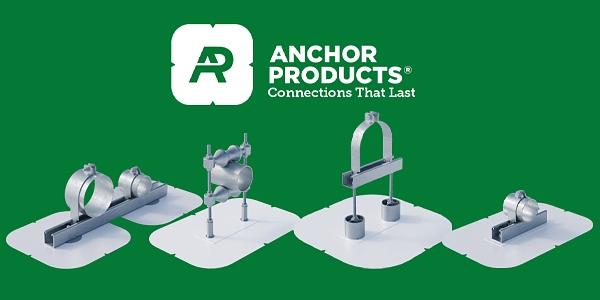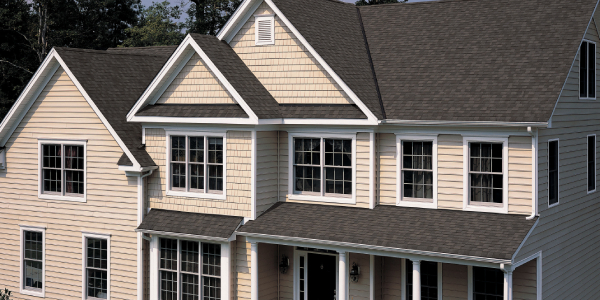Wet Insulation: A Hidden Risk to Your Roof

By FiberTite.
Damp insulation is a danger not only to your roofing system but also to the overall integrity of your building as well as the people who occupy it.
Insulation can become wet in a variety of ways. A pipe could burst, a seam could have been improperly welded or there could be a puncture somewhere on your roofing system. However, just fixing the cause of the leak is not enough; the wet insulation must be removed. Damp insulation is a danger not only to your roofing system but also to the overall integrity of your building as well as the people who occupy it. The following four points explain the ramifications of not tearing out wet roof insulation.
1. Structural Stability
As mentioned above, wet insulation can negatively impact your entire building. The trapped moisture can begin to degrade your roofing system, starting with the deck and working its way out. Rotting can occur and lead to collapses throughout the structure.
There is also the overall weight burden to consider. As the insulation collects moisture, it gets increasingly heavier. The pressure can be catastrophic to the building and lead to complete system collapse.
2. Warranty
If there is moisture intrusion from the underside of the roofing system, the warranty will not cover the cost of the new roof. This type of issue is especially prevalent when considering retrofitting a new roofing system. The moisture that is already present in the old roofing system can get into the new roof and degrade it. This moisture can also seep into the new segments of the building and cause premature structural damage.
3. Energy Efficiency Compromised
The presence of wet insulation in your roof will generally negate the energy efficiency benefits of your roofing system. This is due to the fact that the moisture is acting as a conductor of energy rather than repelling it as it is designed. Your building will now require more heat in the winter and air conditioning in the summer, resulting in higher utility bills. Moisture can cause your insulation to lose as much as 40% of its thermal residence capabilities.
4. Indoor Air Quality
It’s highly likely that your building is being occupied for a good portion of the day and/or night depending on what industry you are in. As a result, air quality is incredibly important. If the insulation in your roof is wet, mold and bacteria can grow — not a good sign of healthy air or happy occupants. The longer you leave the damp insulation untreated, the greater the potential danger to your occupants.
It’s important to be proactive with wet roof insulation in order to prevent the above scenarios from happening. Roofing experts suggest that infrared inspections are performed at least once a year in order to catch any underlying issues in their early stages.
To learn more about the risks associated with wet insulation, or to speak with a FiberTite roofing expert directly, contact FiberTite today.
Source: FiberTite.





















-2025-xtv-mls-tour-2.png)

Comments
Leave a Reply
Have an account? Login to leave a comment!
Sign In